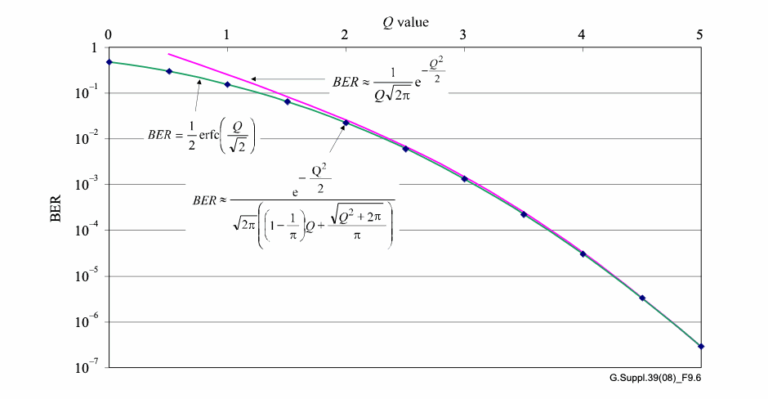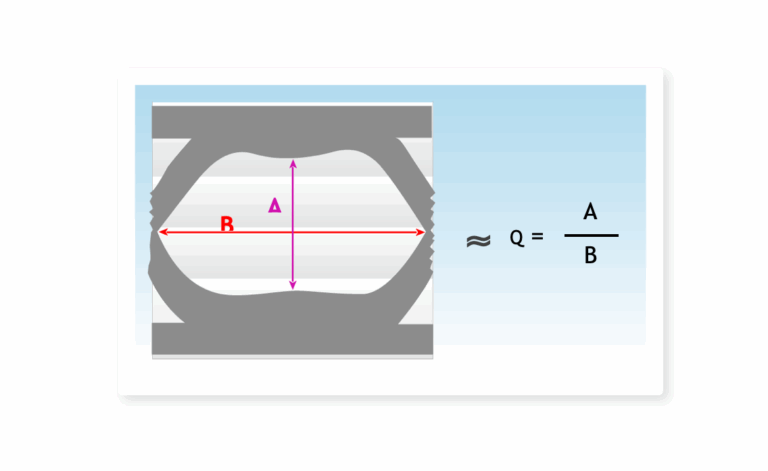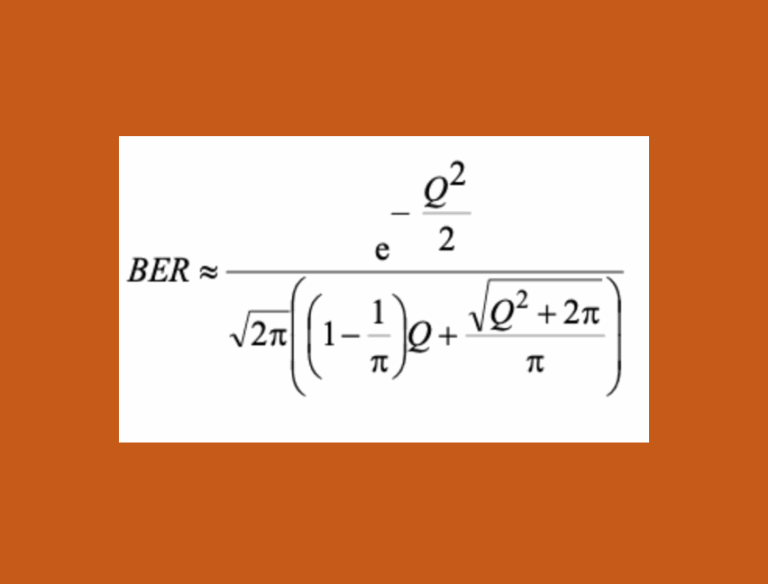HomePosts tagged “Q-factor”
Q-factor
Showing 1 - 8 of 8 results
Signal integrity is the cornerstone of effective fiber optic communication. In this sphere, two metrics stand paramount: Bit Error Ratio...
-
Free
-
March 26, 2025
As communication networks become increasingly dependent on fiber-optic technology, it is essential to understand the quality of the signal in...
-
Free
-
March 26, 2025
As the data rate and complexity of the modulation format increase, the system becomes more sensitive to noise, dispersion, and...
-
Free
-
March 26, 2025
As we move towards a more connected world, the demand for faster and more reliable communication networks is increasing. Optical...
-
Free
-
March 26, 2025
Discover the best Q-factor improvement techniques for optical networks with this comprehensive guide. Learn how to optimize your network’s performance...
-
Free
-
March 26, 2025
Q-factor Improvement Techniques for Optical Networks – Comprehensive Guide Q-factor Improvement Techniques for Optical Networks A Comprehensive Professional Guide to...
-
Free
-
March 26, 2025
Understanding Q-Factor in Optical Communications Understanding Q-Factor in Optical Communications Comprehensive Signal Quality Metrics and Performance Analysis What is Q-Factor?...
-
Free
-
March 26, 2025
The Bit Error Rate (BER) of a digital optical receiver indicates the probability of an incorrect bit identification. In other...
-
Free
-
March 26, 2025
Explore Articles
Filter Articles
ResetExplore Courses
Tags
automation
ber
Chromatic Dispersion
coherent optical transmission
Data transmission
DWDM
edfa
EDFAs
Erbium-Doped Fiber Amplifiers
fec
Fiber optics
Fiber optic technology
Forward Error Correction
Latency
modulation
network automation
network management
Network performance
noise figure
optical
optical amplifiers
optical automation
Optical communication
Optical fiber
Optical network
optical networking
Optical networks
Optical performance
Optical signal-to-noise ratio
Optical transmission
Optical transport network
OSNR
OTN
Q-factor
Raman Amplifier
SDH
Signal amplification
Signal integrity
Signal quality
Slider
submarine
submarine communication
submarine optical networking
Telecommunications
Ticker







